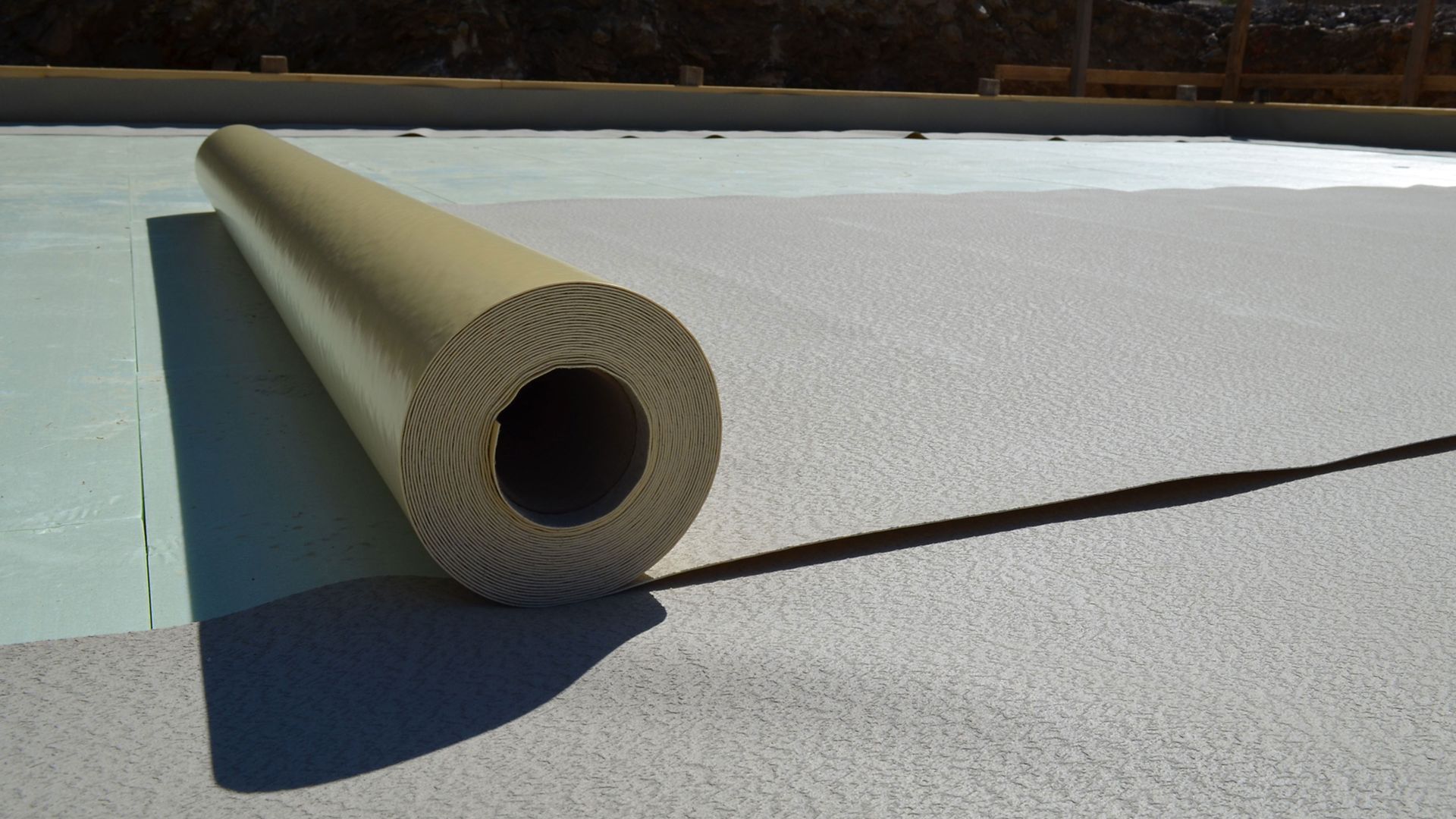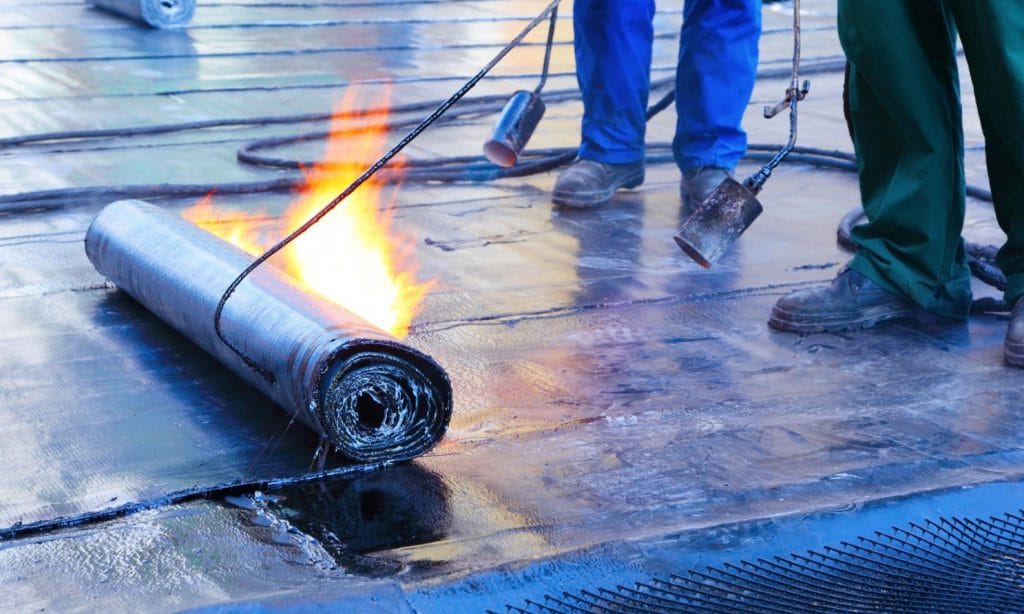Basement waterproofing Omaha: How Much Does It Cost?
Wiki Article
Sorts of Waterproofing: Checking Out the Different Approaches and Their Applications
Waterproofing is an essential aspect of building and upkeep. It secures frameworks from the harmful results of water damage. There are numerous approaches offered, each with its unique applications and advantages. From membrane systems to cementitious solutions, understanding these choices is necessary for reliable implementation. The option of waterproofing approach can greatly impact durability and durability. Discovering these different techniques reveals their unique advantages and potential obstacles, prompting additional consideration of optimal services.Membrane Layer Waterproofing Equipments
Membrane waterproofing systems act as an important obstacle versus water breach in various structures. These systems usually are composed of thin sheets made from products like rubber, thermoplastic, or bitumen, which are put on surface areas to stop moisture penetration. They can be set up above or listed below grade and are especially reliable in locations prone to high water direct exposure, such as cellars, roofings, and foundations.The setup procedure involves cleansing the substratum, applying adhesives or guides, and exactly fitting the membrane to ensure complete insurance coverage. Membrane systems can be either totally adhered, mechanically connected, or laid loose, depending upon the particular needs of the job. They supply resilience and flexibility, accommodating architectural activities without compromising their waterproofing capacities. Moreover, these systems can be reinforced with additional layers for improved security. Ultimately, membrane waterproofing systems are crucial for protecting structures against water damage and maintaining long-lasting stability.Liquid-Applied Waterproofing Coatings
Liquid-applied waterproofing layers offer a functional service for safeguarding surface areas from water infiltration - Water Solutions. These layers contain liquid products that, when applied, develop a smooth, flexible membrane. Their versatility allows for application on numerous substrates, consisting of concrete, metal, and timber. The layers can be made use of in diverse settings, from residential to industrial settings, making them suitable for roofs, structures, and below-grade structures.One substantial advantage of liquid-applied layers is their capability to satisfy irregular forms and penetrate cracks, developing a robust barrier versus moisture. They frequently display superb bond properties and resistance to UV radiation, guaranteeing durability and toughness. Furthermore, the application process is generally straightforward, enabling fast installment and minimized labor costs. This technique also reduces the threat of water merging, as the constant layer efficiently guides water away from at risk locations. In general, liquid-applied waterproofing coverings are a reliable option for extensive water defenseCementitious Waterproofing Solutions

Cementitious waterproofing solutions use a durable choice for frameworks requiring reliable dampness security. These systems Water Solutions primarily utilize a mix of cement, sand, and chemical ingredients to produce a waterproof obstacle. They are often put on surface areas such as concrete walls, foundations, and floorings, providing a long lasting, durable defense versus water intrusion.One of the vital benefits of cementitious waterproofing is its ease of application; it can be used making use of a brush, roller, or spray, making it appropriate for numerous project dimensions. Furthermore, this technique is suitable with lots of surfaces and can typically be utilized in conjunction with various other waterproofing techniques.Cementitious options are specifically effective in settings where water direct exposure is a problem, such as basements or below-grade frameworks. Their excellent attachment residential properties assure that they bond well with substrates, providing a strong and nonporous layer versus wetness penetration.
Bentonite Waterproofing
Bentonite waterproofing is a highly reliable approach that utilizes salt bentonite clay to produce a natural obstacle versus water. This technique exploits the distinct homes of bentonite, which increases upon call with water, sealing any kind of possible leakages and protecting against moisture infiltration. It is typically used in different applications, consisting of foundation walls, passages, and preserving wall surfaces, where water resistance is essential.Bentonite can be used in several forms, such as panels or blankets, offering versatility in installation. Its capability to self-seal makes it an eye-catching alternative for locations based on shifting dirt or fluctuating water levels. Furthermore, bentonite waterproofing is environmentally friendly, as it is a natural product that does not introduce damaging chemicals into the environments.Drainage and Exterior Waterproofing Solutions
Reliable waterproofing often involves a mix of strategies, consisting of drainage and external systems. Drainage systems, such as French drains pipes and sump pumps, are made to reroute water far from frameworks, reducing hydrostatic pressure versus structures. These systems are vital in protecting against water buildup that can lead to structural damage and mold and mildew growth.External waterproofing, on the other hand, entails using protective barriers to the structure's exterior. Strategies such as the installation of waterproof membrane layers, finishes, or sealants can aid protect against water infiltration. This approach not just protects the foundation yet also enhances the general toughness of the structure.Together, drain and exterior waterproofing systems develop a thorough option to handle water effectively. By executing these approaches, homeowner can secure their financial investments against the destructive effects of moisture, ensuring long-term stability and security for their structures.Often Asked Inquiries
How Do I Pick the Right Waterproofing Approach for My Job?
Choosing the right waterproofing technique depends upon aspects such as job type, environmental problems, budget plan, and preferred longevity. Assessing these elements enables notified choices customized to details demands and requirements.
Can Waterproofing Be Applied in Winter Conditions?
Waterproofing can be applied in winter conditions, however it needs details materials and strategies. Cold temperatures may affect healing times and bond, demanding careful option of items developed for low-temperature application.
What Are the Usual Signs of Waterproofing Failing?
Common indications of waterproofing failure consist of noticeable water discolorations, peeling off paint, moist odors, mold and mildew growth, and splits in walls or foundations. Water Solutions Omaha. These indicators suggest that wetness is passing through the barrier, jeopardizing its performanceHow Much Time Does Waterproofing Last Before Needing Maintenance?
The longevity of waterproofing differs, commonly lasting in between 5 to 10 years. Factors such as material top quality, environmental conditions, and maintenance methods affect its toughness, demanding regular evaluations to assure reliable protection versus water breach.Are There Eco-Friendly Waterproofing Options Available?
The concern of environment-friendly waterproofing options reveals an expanding rate of interest in sustainable materials (Landscape drainage Omaha). Different all-natural compounds, such as plant-based sealers and recycled products, offer reliable solutions while minimizing ecological effect, attracting environmentally conscious customersReport this wiki page